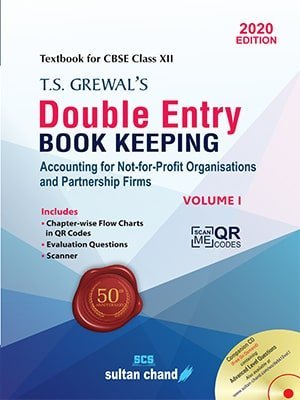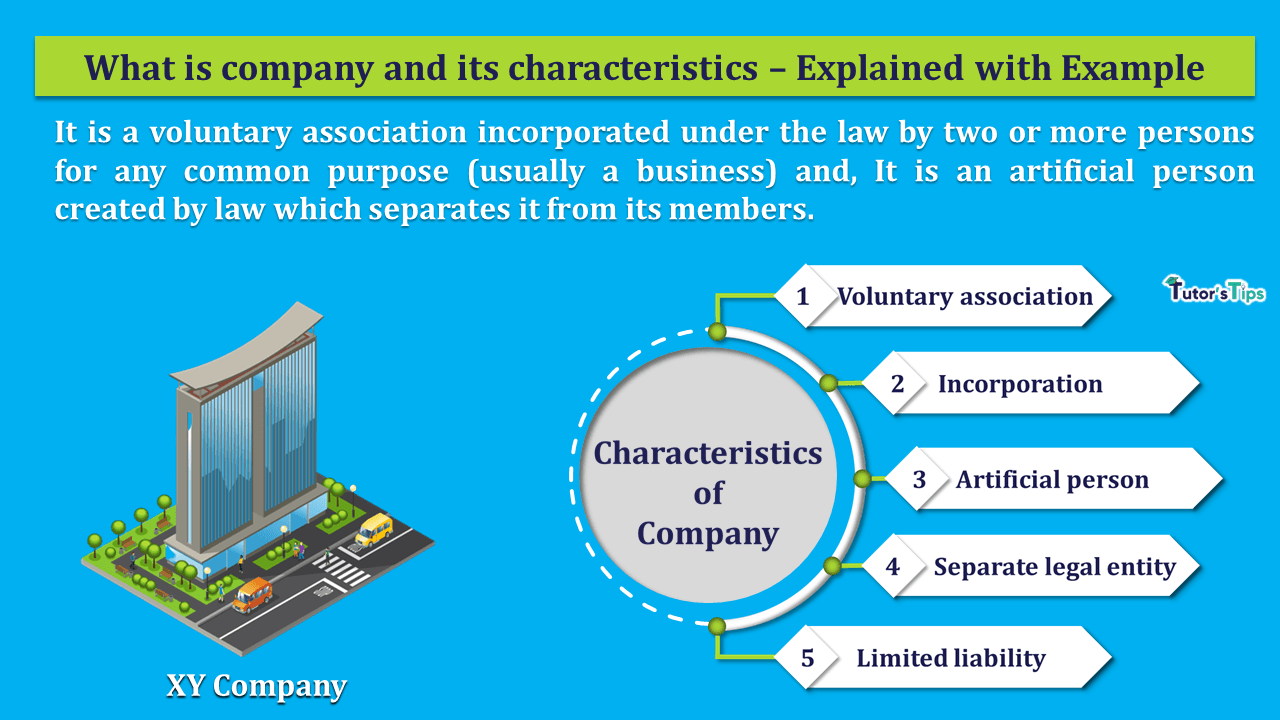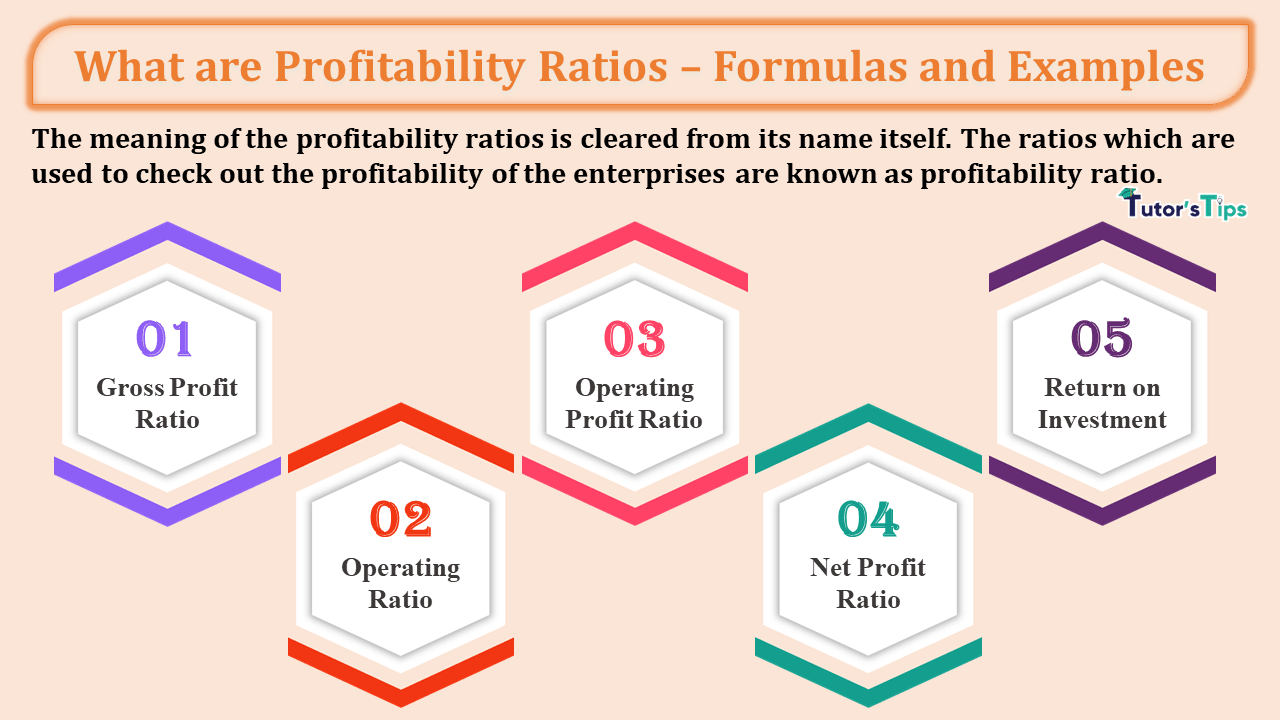Advertisement
The company is a form of organization in which two or more persons agree to carry a business through a legal procedure.
Advertisement
What is the Company?
It is a voluntary association incorporated under the law by two or more persons for any common purpose (usually a business) and, It is an artificial person created by law that separates it from its members. Furthermore, It has the share capital divided into small units called shares, the owners of which are known as shareholders or members.
In this, the members share a common undertaking and have limited liability. It is not managed by all its members/shareholders but they choose their representatives called Directors to manage the business. Likewise, Partnership, the continuity of the company is not affected by death, insanity, or insolvency of its members.
Definitions of Company:
According to Section 2(20) of the Companies Act, 2013,
Advertisement-X
“Company means a company incorporated under this Act or any previous Company Law.”
According to Prof. Haney,
“A company is an artificial person, created by law having separate entity with perpetual succession and a common seal.”
In the words of Justice Lindley,
“A company is an association of many persons who contribute money or money’s worth to common stock and employ it for a common purpose. The common stock so contributed is denoted in money and the capital of the company. The persons, who contribute it or to whom it belongs, are its members.”
Some examples of Company are:
- Reliance Industries Limited
- Coal India
- Infosys
- Hindustan Unilever
The Companies Act, 2013 :
Advertisement-X
In India, the incorporation and regulation of the companies are governed by The Companies Act, 1932. Therefore, The legal and formal agreement will be formed as per the rules described in this act. This act regulates all the activities including its corporation, responsibilities of company, directors, and shareholders to its dissolution. All the provisions mentioned in this Act are mandatory to be followed by all the companies.
Check out all the provision of the Act from the official site of the government of India from the following link:
Characteristics of a Company:
The following points explain its characteristics:
1. Voluntary Association :
It is a voluntary association of two or more persons. One single person cannot create a company. Thus, to incorporate it, a minimum of two members are required for a private company and at least 7 members for a public company.
2.Incorporation :
It must be incorporated through the process of law. To be created in India, It must be as per the provisions of the Companies Act, 2013 or under any previous Companies Acts.
3. Artificial Person:
Advertisement-X
It is created as an artificial person in the eyes of law. It can own property, can enter into a contract, can conduct business, sue, or can be sued for debts and actions on its own name.
4. Separate Legal Entity:
A company is an artificial person having a separate legal entity from its members called shareholders and directors.
5.Perpetual Succession:
It has a perpetual succession which means that its existence doesn’t affect by the death, insolvency, or lunacy of its members or shareholders. Its existence can only be ended through the winding-up process described by law.
6.Limited Liability:
In this type of organization, the liability of shareholders generally is limited to the value of shares subscribed by them. For the companies limited by guarantee, it is up to the amount which is guaranteed to be paid at the time of winding up. However, the liability of shareholders is unlimited in the companies incorporated with unlimited liabilities.
7. Transferability of shares :
In public companies, the shares can be easily transferrable. Whereas, in the case of private companies, the transfer of shares is regulated by its Articles of Association.
8. Management and Ownership:
In this type of organization, the management is separated from ownership. Furthermore, The companies are owned by all the members called as shareholders and managed by the directors elected by shareholders.
9. Common Seal :
Advertisement-X
A company may or may not have a common seal. If it has its common seal, it would be affixed to all the documents of the company and can be used for further legal and functional purposes.
Thanks for reading the topic.
please comment your feedback whatever you want. If you have any questions please ask us by commenting.
Check out T.S. Grewal’s +2 Book 2020 @ Official Website of Sultan Chand Publication












Leave a Reply